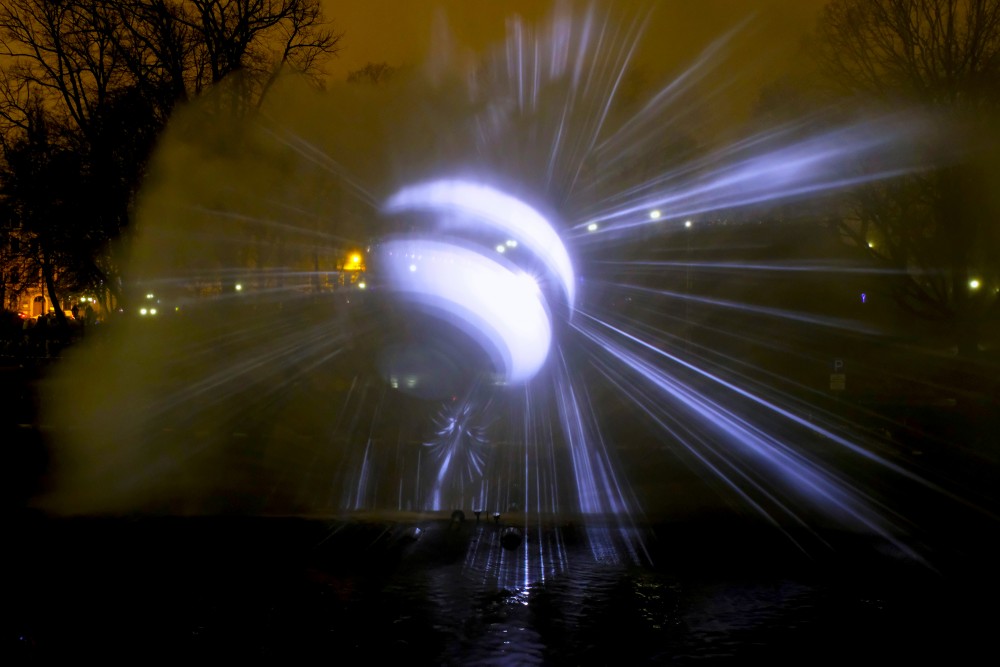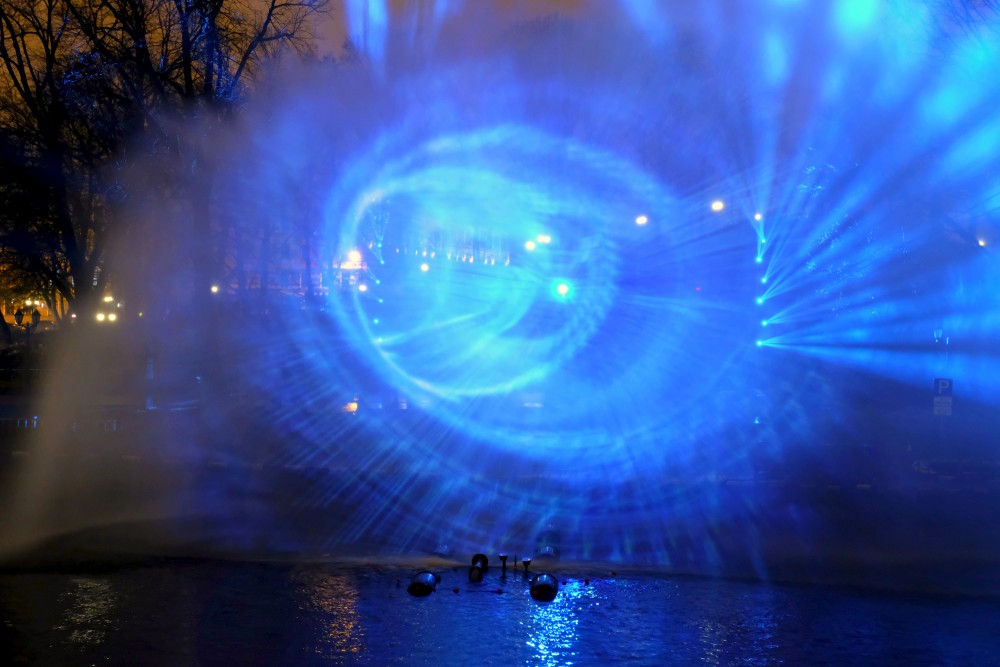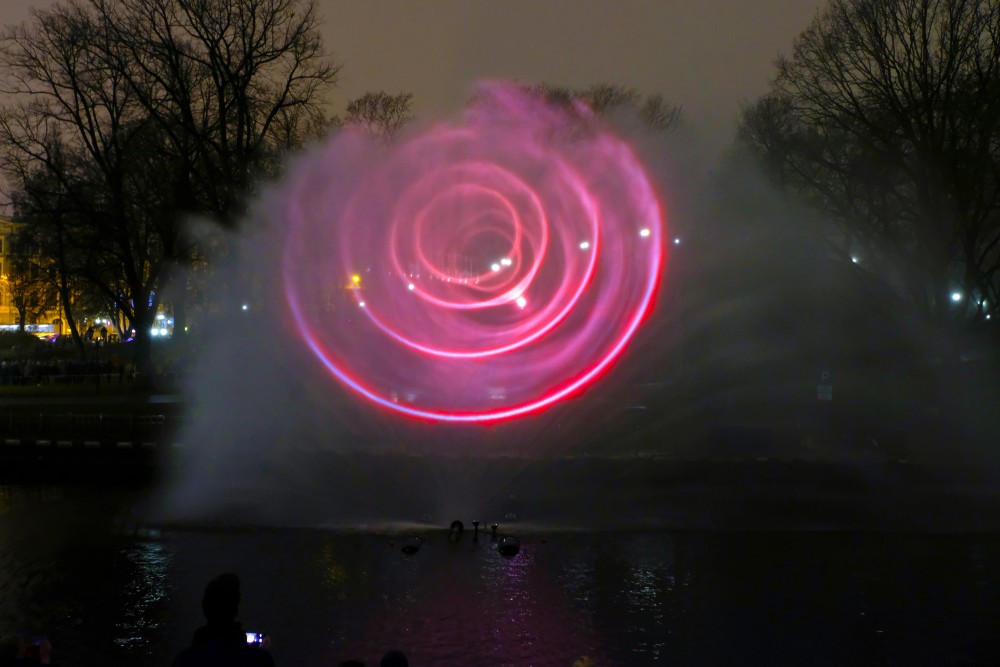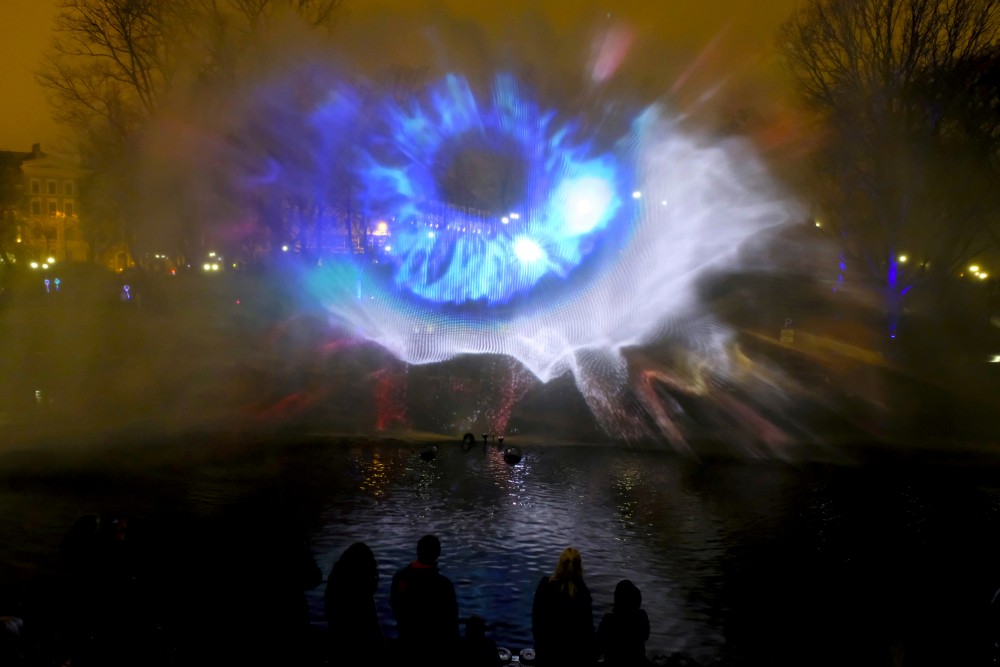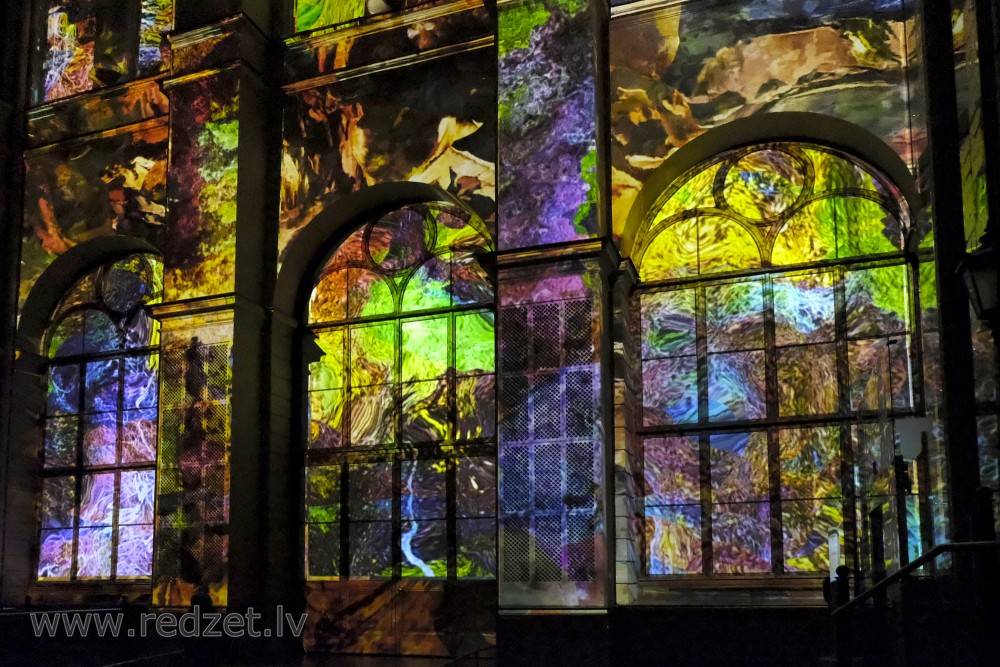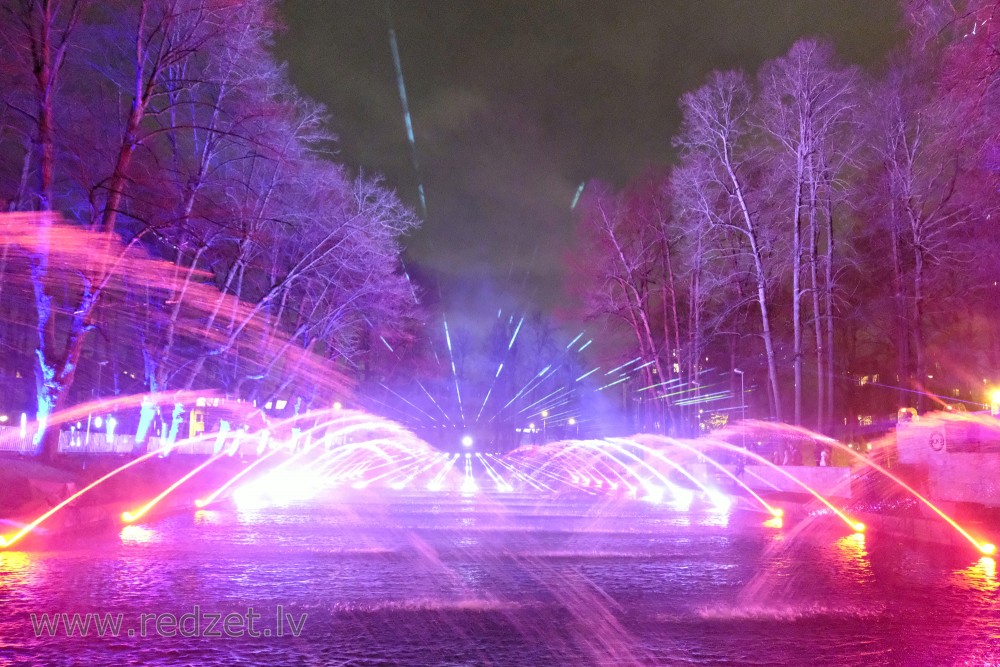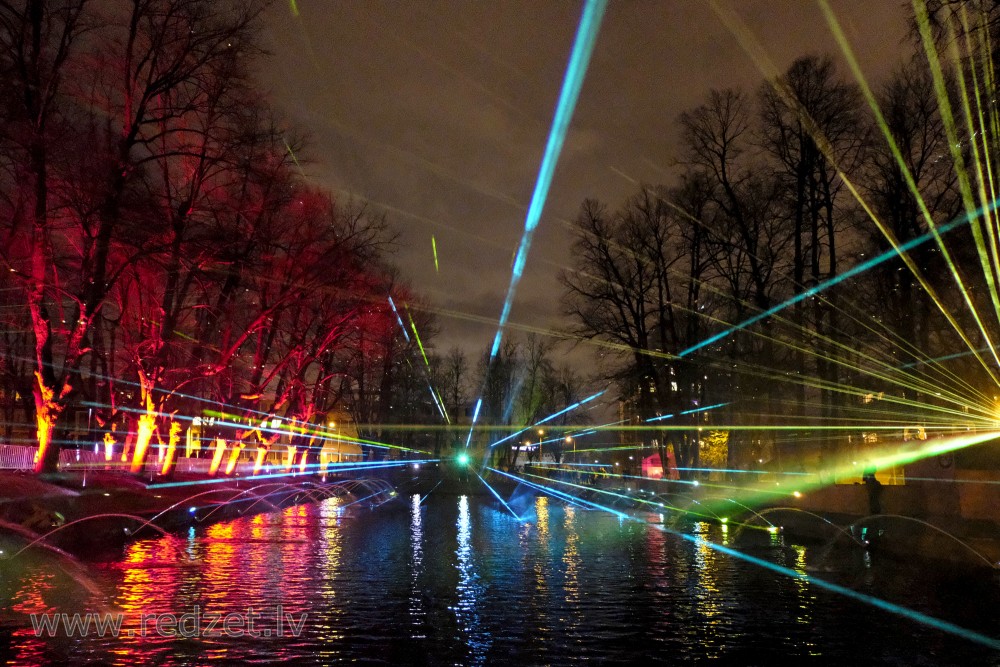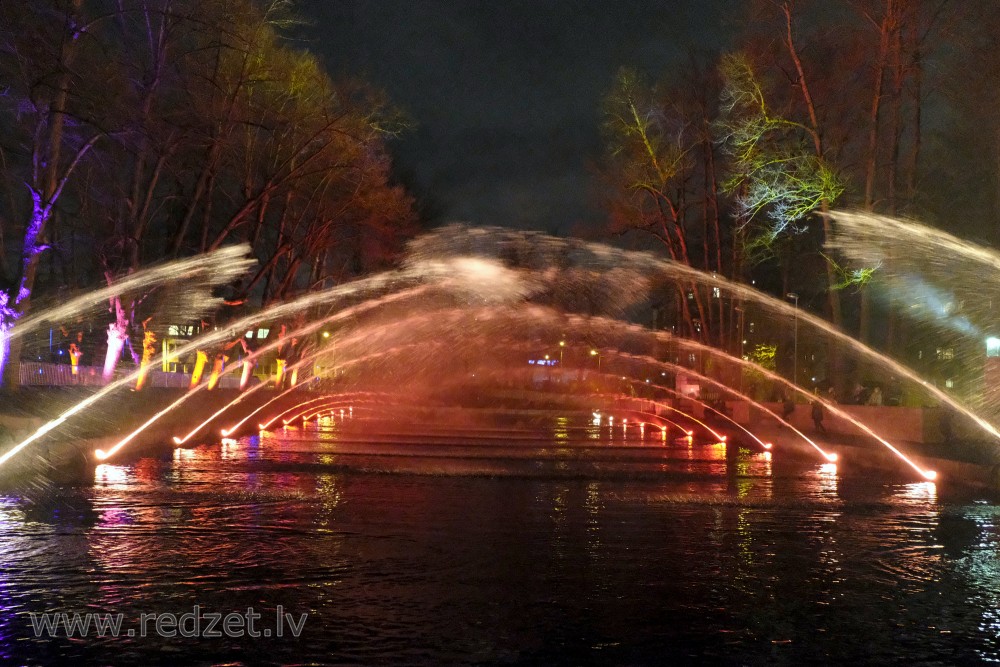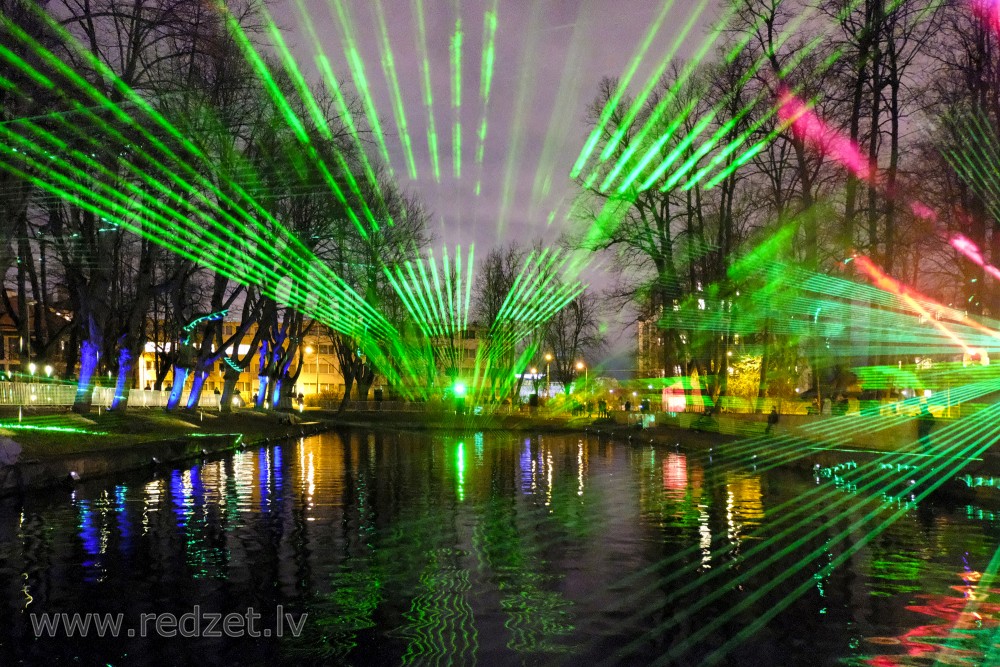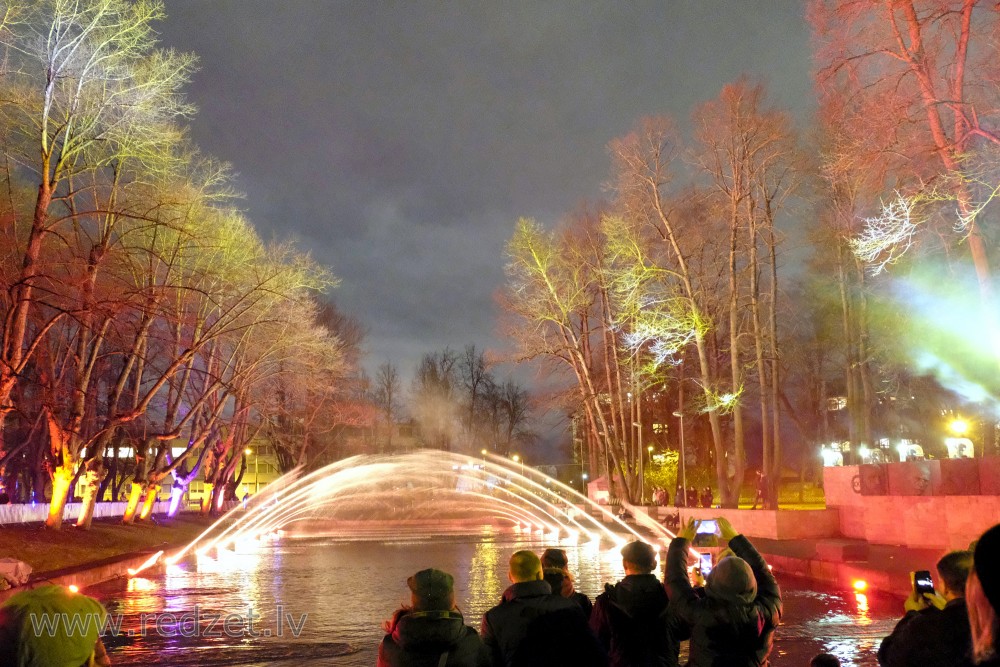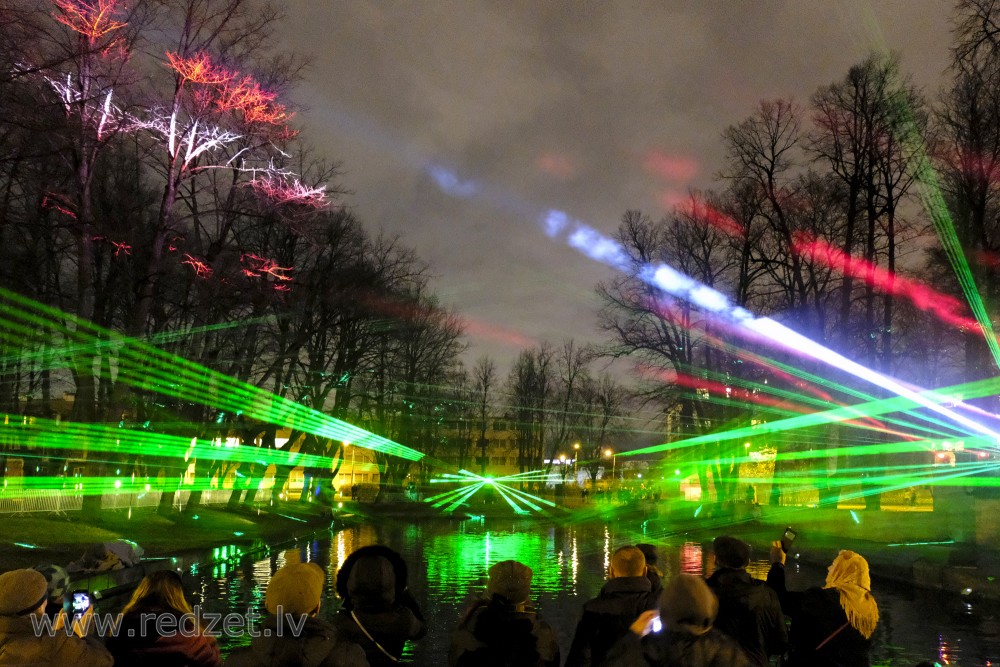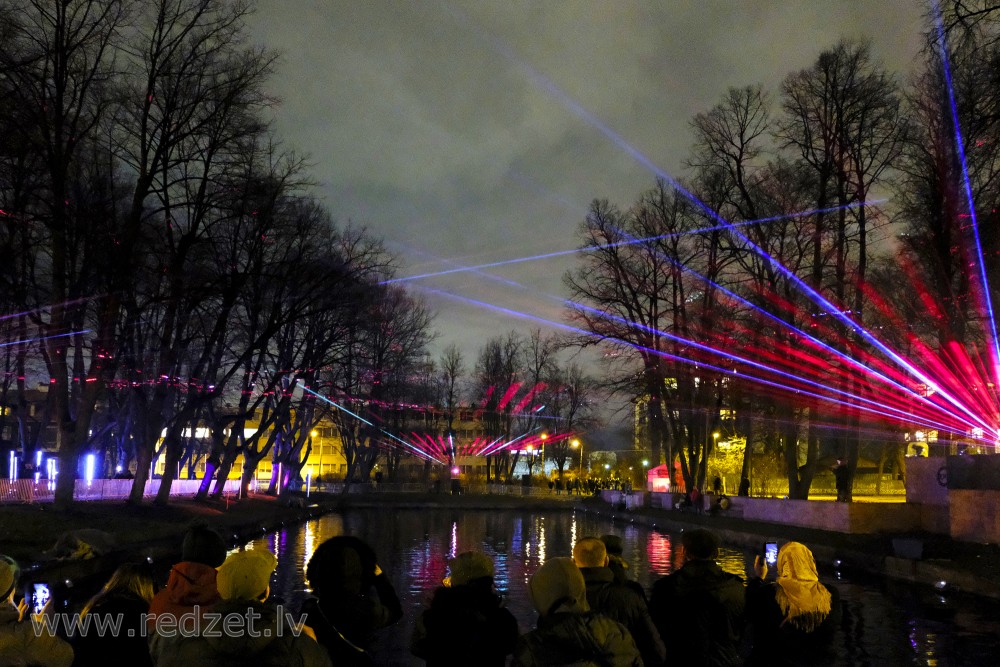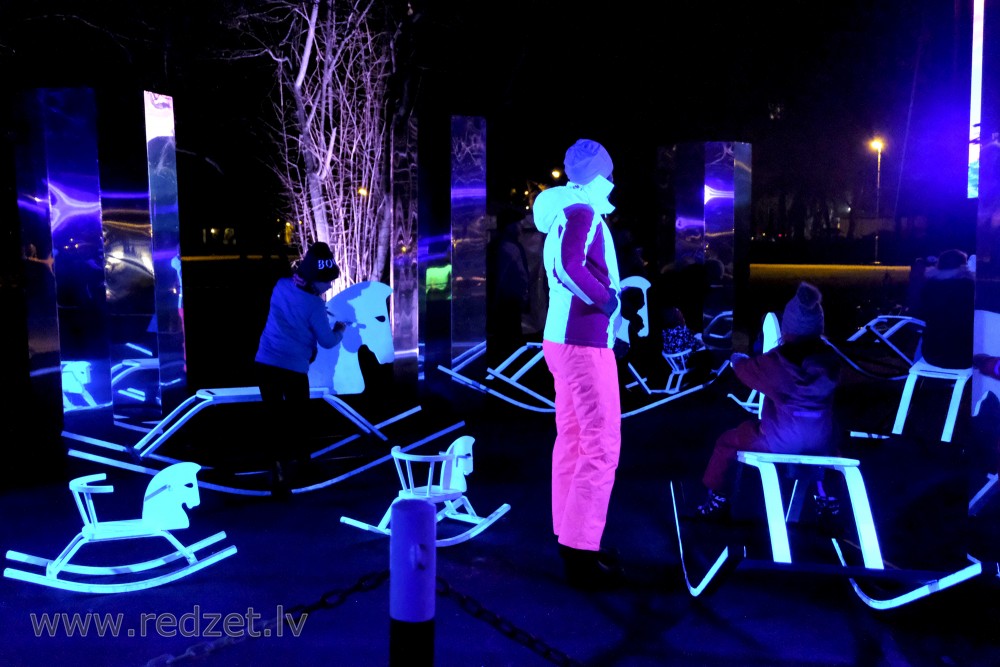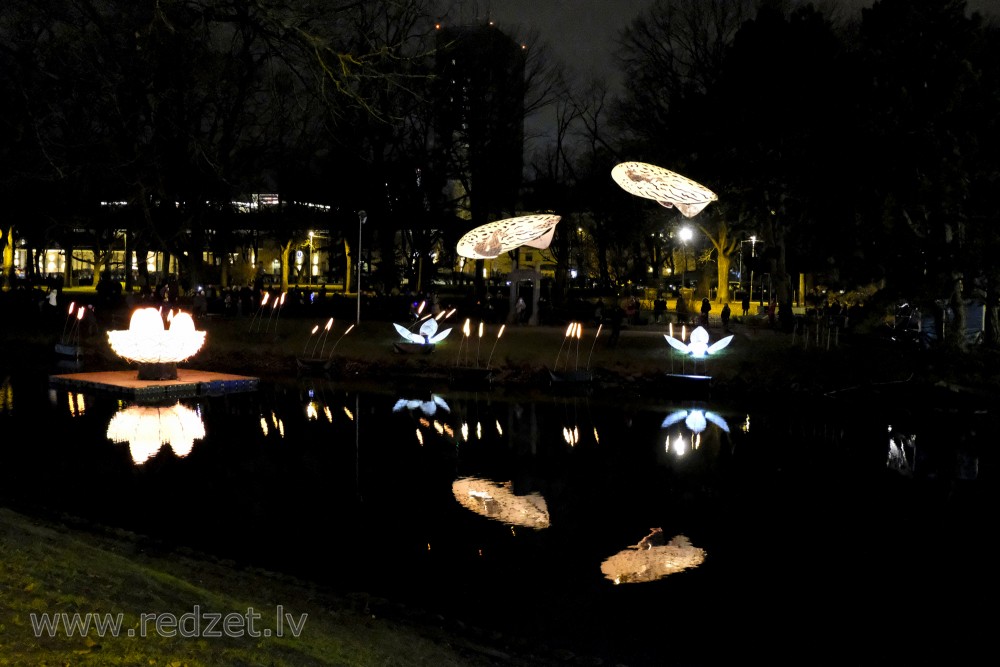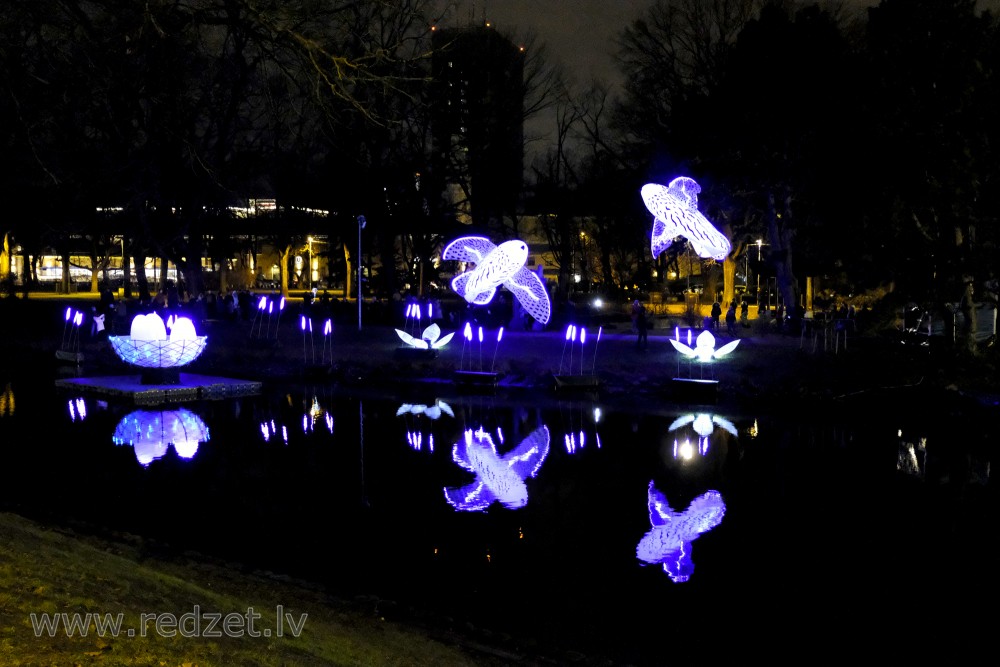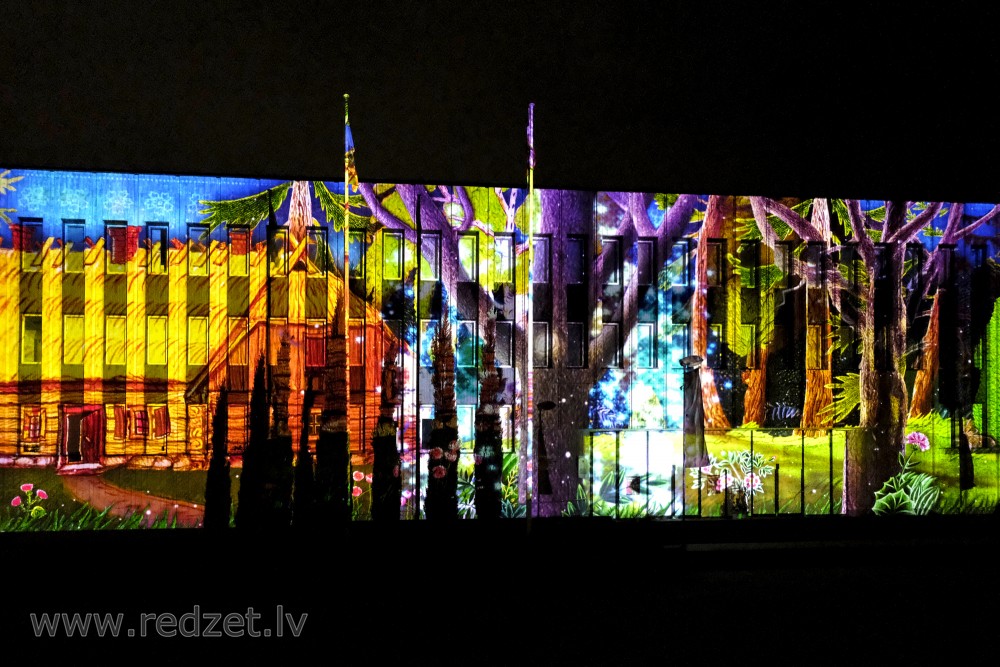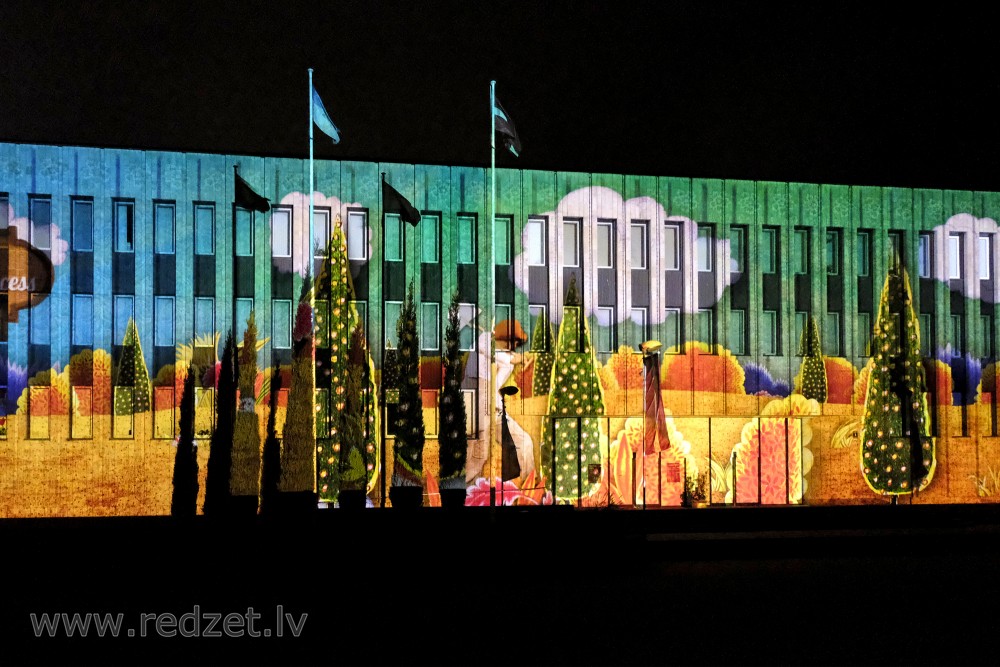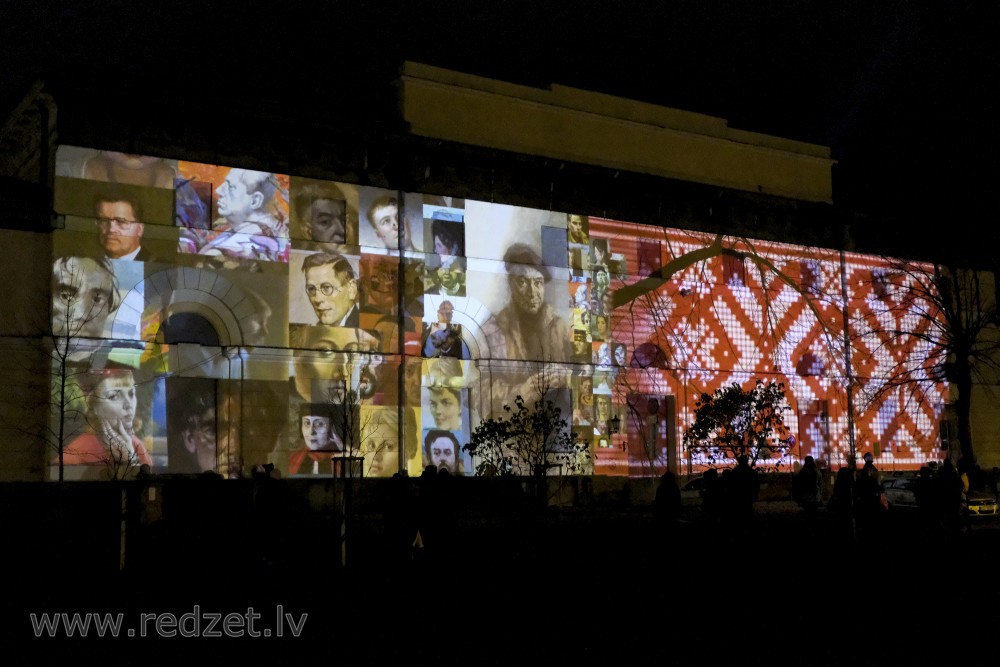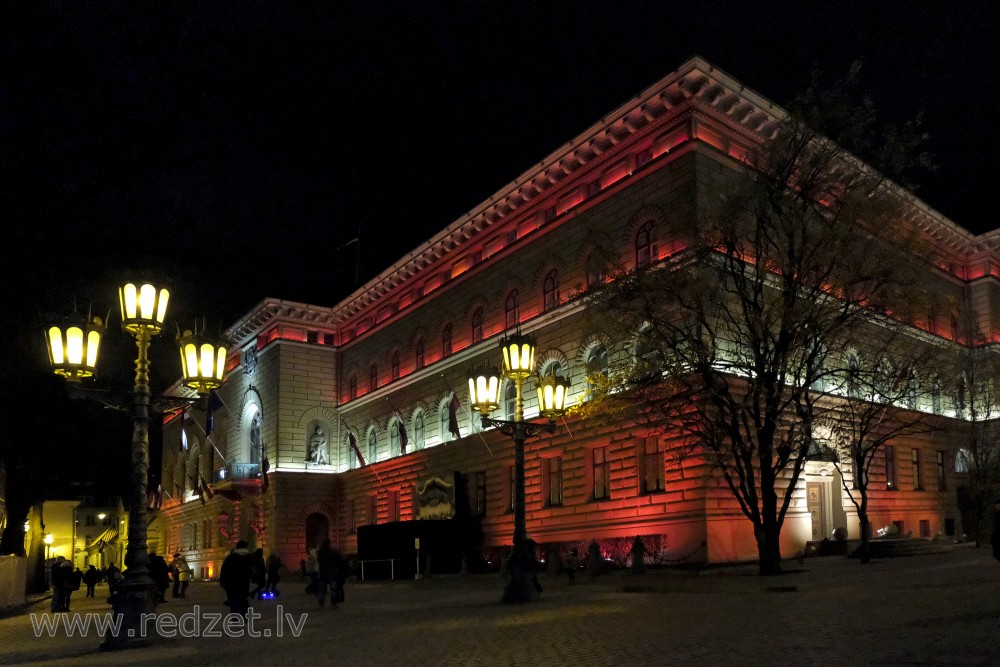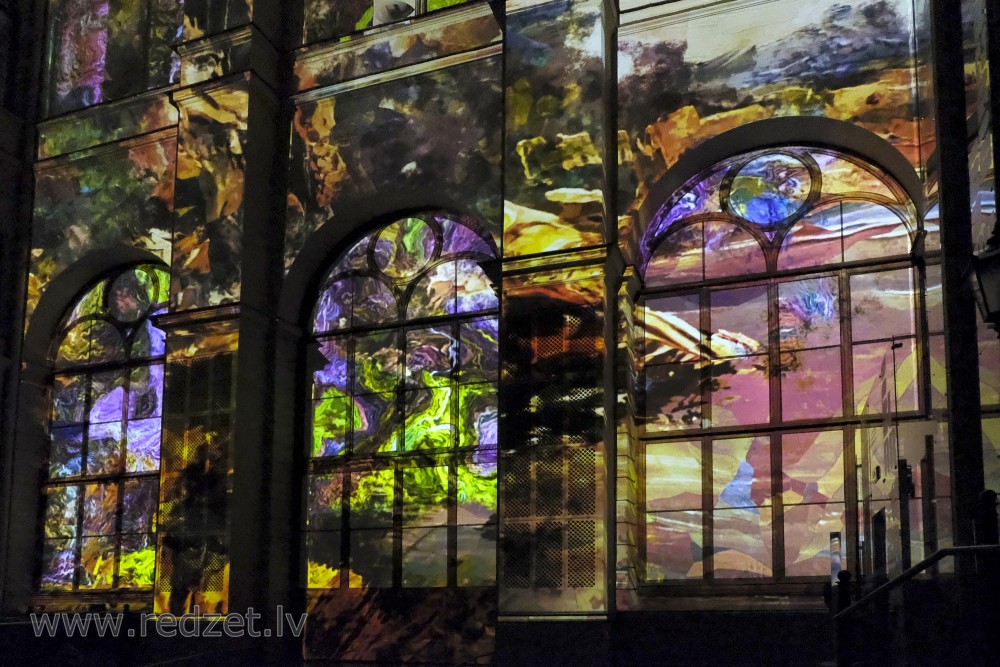Riga
Riga (/ˈriːɡə/; Latvian: Rīga [ˈriːɡa], Livonian: Rīgõ) is the capital and largest city of Latvia. With 641,481 inhabitants (2016), it is also the largest city in the three Baltic states, home to one third of Latvia's population and one tenth of the three Baltic states' combined population. The city lies on the Gulf of Riga, at the mouth of the Daugava. Riga's territory covers 307.17 km2 (118.60 sq mi) and lies 1–10 m (3 ft 3 in–32 ft 10 in) above sea level, on a flat and sandy plain.
Riga was founded in 1201 and is a former Hanseatic League member. Riga's historical centre is a UNESCO World Heritage Site, noted for its Art Nouveau/Jugendstil architecture and 19th century wooden architecture. Riga was the European Capital of Culture during 2014, along with Umeå in Sweden. Riga hosted the 2006 NATO Summit, the Eurovision Song Contest 2003, the 2006 IIHF Men's World Ice Hockey Championships and the 2013 World Women's Curling Championship. It is home to the European Union's office of European Regulators for Electronic Communications (BEREC).
In 2016, Riga received over 1.4 million visitors. It is served by Riga International Airport, the largest and busiest airport in the Baltic states. Riga is a member of Eurocities, the Union of the Baltic Cities (UBC) and Union of Capitals of the European Union (UCEU).
Etymology
One theory about the origin of the name Riga is that it is a corrupted borrowing from the Liv ringameaning loop, referring to the ancient natural harbour formed by the tributary loop of the Daugava River. The other is that Riga owes its name to this already-established role in commerce between East and West, as a borrowing of the Latvian rija, for threshing barn, the "j" becoming a "g" in German — notably, Riga is called Rie by English geographer Richard Hakluyt (1589), and German historian Dionysius Fabricius (1610) confirms the origin of Riga from rija. Another theory could be that Riga was named after Riege, the German name for the River Rīdzene, a tributary of the Daugava.
Another theory is that Riga's name is introduced by the bishop Albert, initiator of christening and conquest of Livonian and Baltic people. He introduced also an explanation of city name as derived from Latin rigata ("irrigated") that symbolizes an "irrigation of dry pagan souls by Christianity".
History
Founding
The river Daugava has been a trade route since antiquity, part of the Vikings' Dvina-Dnieper navigation route to Byzantium. A sheltered natural harbour 15 km (9.3 mi) upriver from the mouth of the Daugava — the site of today's Riga — has been recorded, as Duna Urbs, as early as the 2nd century. It was settled by the Livs, an ancient Finnic tribe.
The Livonian Chronicle of Henry testifies to Riga having long been a trading centre by the 12th century, referring to it as portus antiquus (ancient port), and describes dwellings and warehouses used to store mostly flax, and hides. German traders began visiting Riga, establishing a nearby outpost in 1158.
Along with German traders the monk Meinhard of Segeberg also arrived to convert the Livonian pagans to Christianity. Catholic and Orthodox Christianity had already arrived in Latvia more than a century earlier, and many Latvians baptised. Meinhard settled among the Livs, building a castle and church at Ikšķile, upstream from Riga, and established his bishopric there. The Livs, however, continued to practice paganism and Meinhard died in Ikšķile in 1196, having failed in his mission. In 1198, the Bishop Berthold arrived with a contingent of crusaders and commenced a campaign of forced Christianization. Berthold was killed soon afterwards and his forces defeated.
The Church mobilised to avenge the issuance of a bull by Pope Innocent IIIdeclaring a crusade against the Livonians. Bishop Albert was proclaimed Bishop of Livonia by his uncle Hartwig of Uthlede, Prince-Archbishop of Bremen and Hamburg in 1199. Albert landed in Riga in 1200 with 23 ships and 500 Westphalian crusaders. In 1201, he transferred the seat of the Livonian bishopric from Ikšķile to Riga, extorting agreement to do this from the elders of Riga by force.
More about Riga read here: en.wikipedia.org
https://en.wikipedia.org/wiki/Riga
Continue reading


